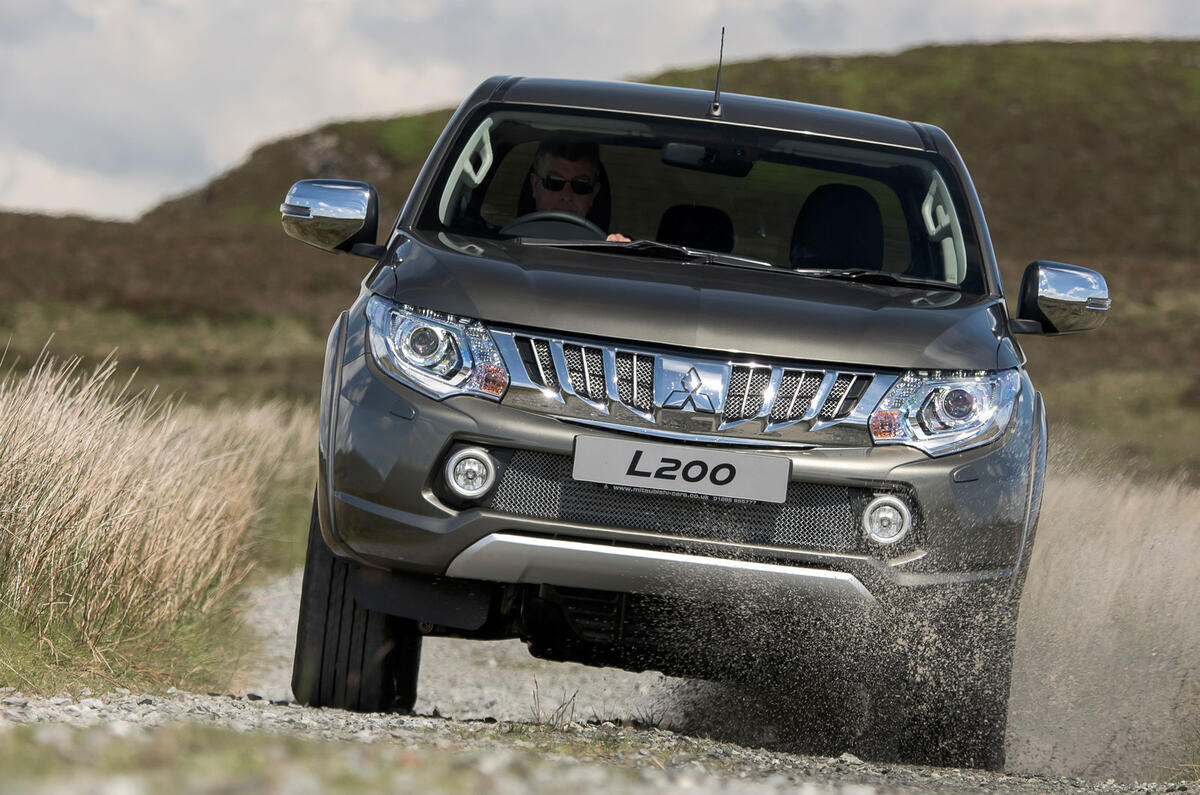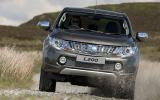What is it?
This is the fifth generation of Mitsubishi’s eminently popular and practical Mitsubishi L200 pick-up. Its predecessor, the Series 4, was launched in 2006 and is claimed to have outsold all of its rivals, including the fabled Toyota Hilux.
Consequently, it's understandable that the company hasn't decided to try and reinvent the wheel for this, the latest version. It's easily recognised as an L200, despite there being a total of some 330 changes.
Outside you'll find refreshed styling, while the cabin boasts improved sound insulation, more equipment and better seats. Underneath, the L200's chassis has been stiffened with new bracing and the use of more high-strength steels, while longer rear leaf springs and retuned front suspension work to improve the handling and ride.
There are significant changes under the bonnet, too. Mitsubishi foresees a future where emissions-based taxation comes into effect for pick-ups, so the company has worked hard to ensure the new all-aluminium 2.4-litre turbodiesel in the L200 is as clean as possible.
Features include variable valve timing and a variable-geometry turbocharger, and the net result is 173g/km of CO2 in this specification; the next-best rival, the Isuzu D-Max, emits a far higher 192g/km of CO2.
Consumption has also dropped to an impressive average of 42.8mpg - 4.1mpg better than the D-Max - while power and torque has climbed slightly compared to the engine found in the Series 4.





































Join the debate
Add your comment
Only thing stopping me having
Other than that would be perfect, can withstand (better) the pot holed roads, the wife's inability to not hit kerbs, 4WD for the snow and Lake District hiking trips, and can chuck the bikes on the back so no more dropping seats/bike racks.
Can live with the ride.
@Rich boy spanners
Chrome OD
Consumption
RE: Consumption
Morning Jeremy. You are indeed correct; many thanks for the heads-up.